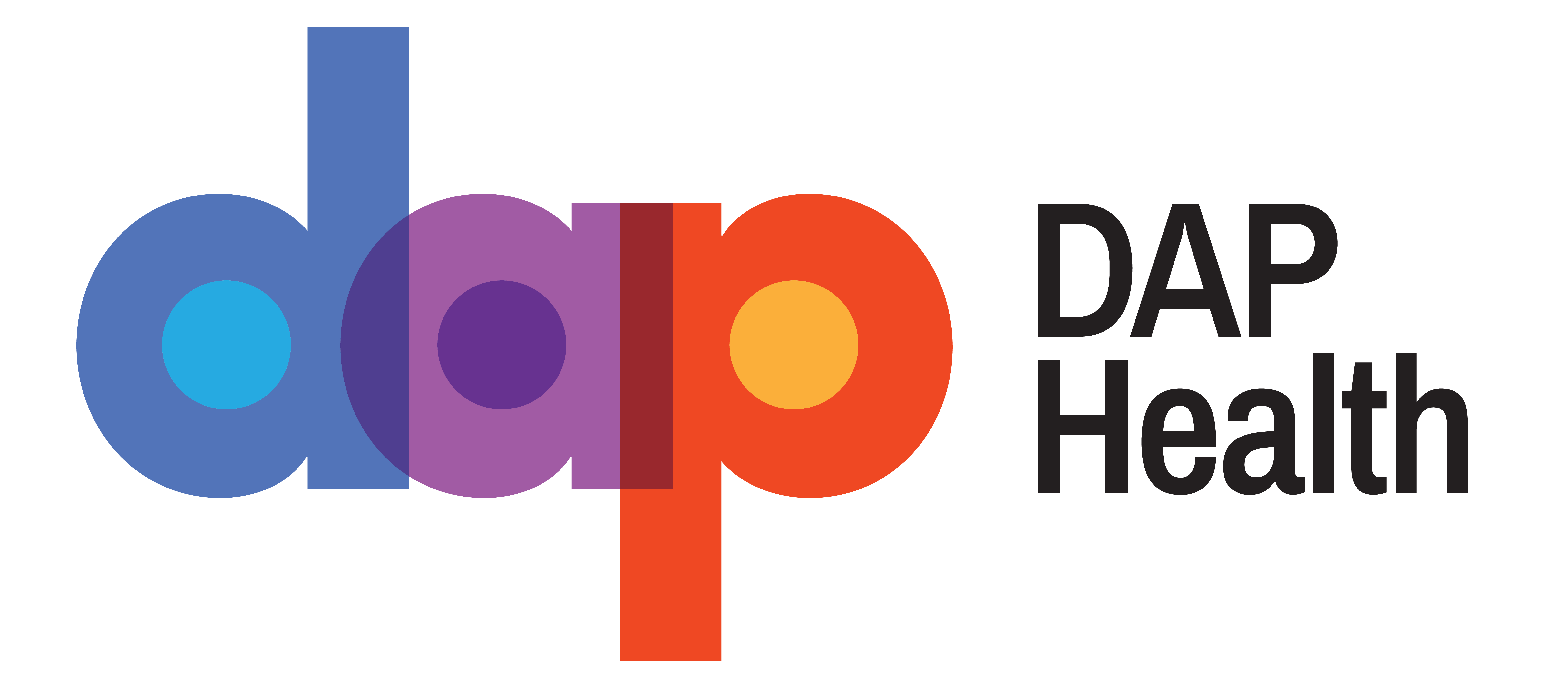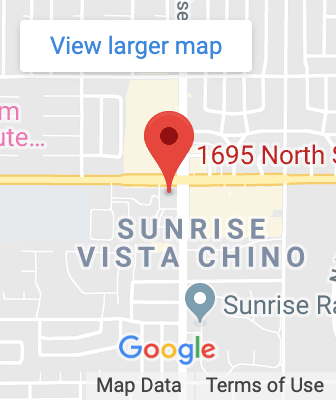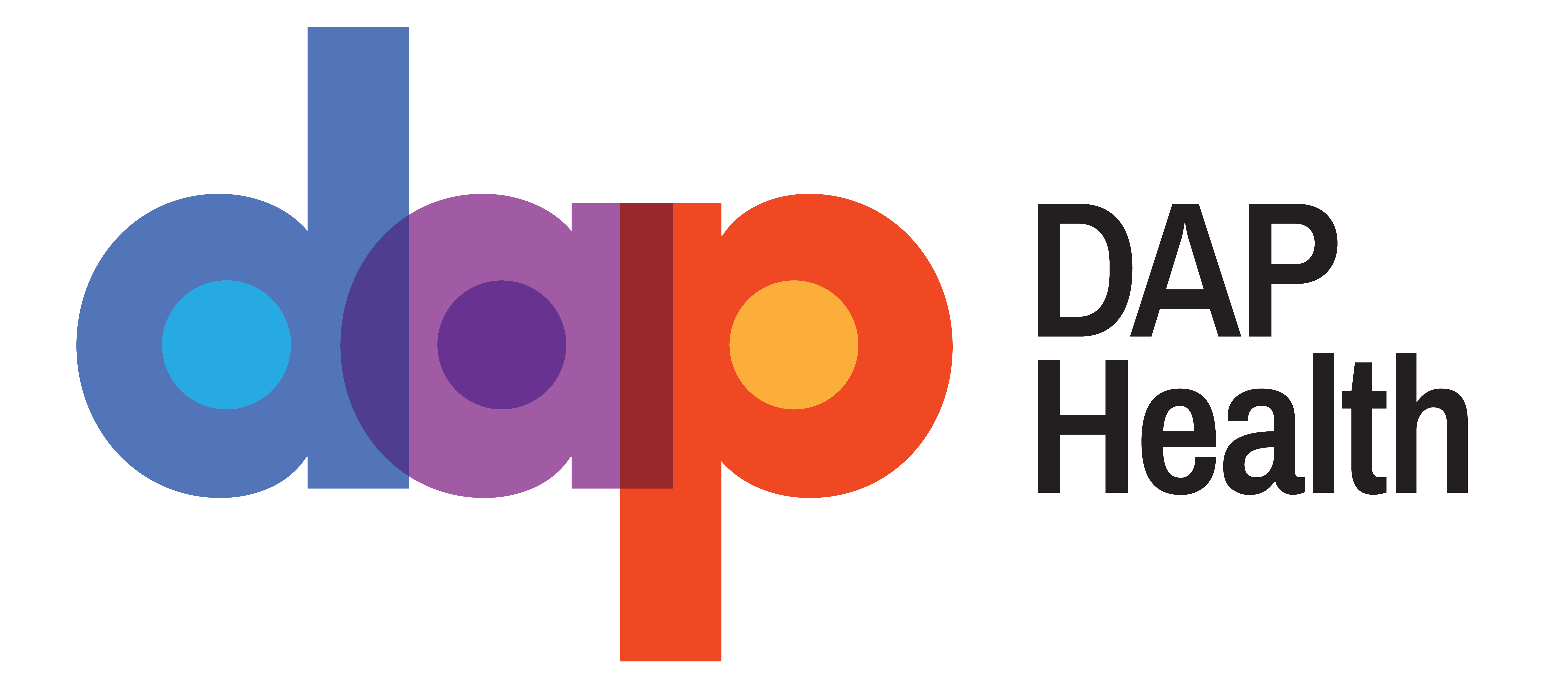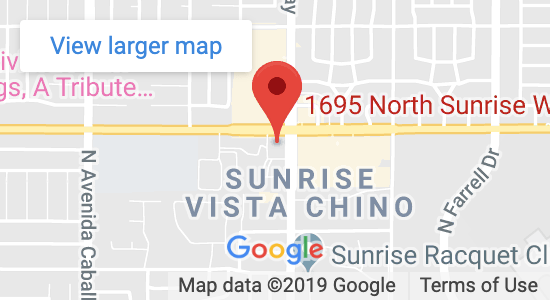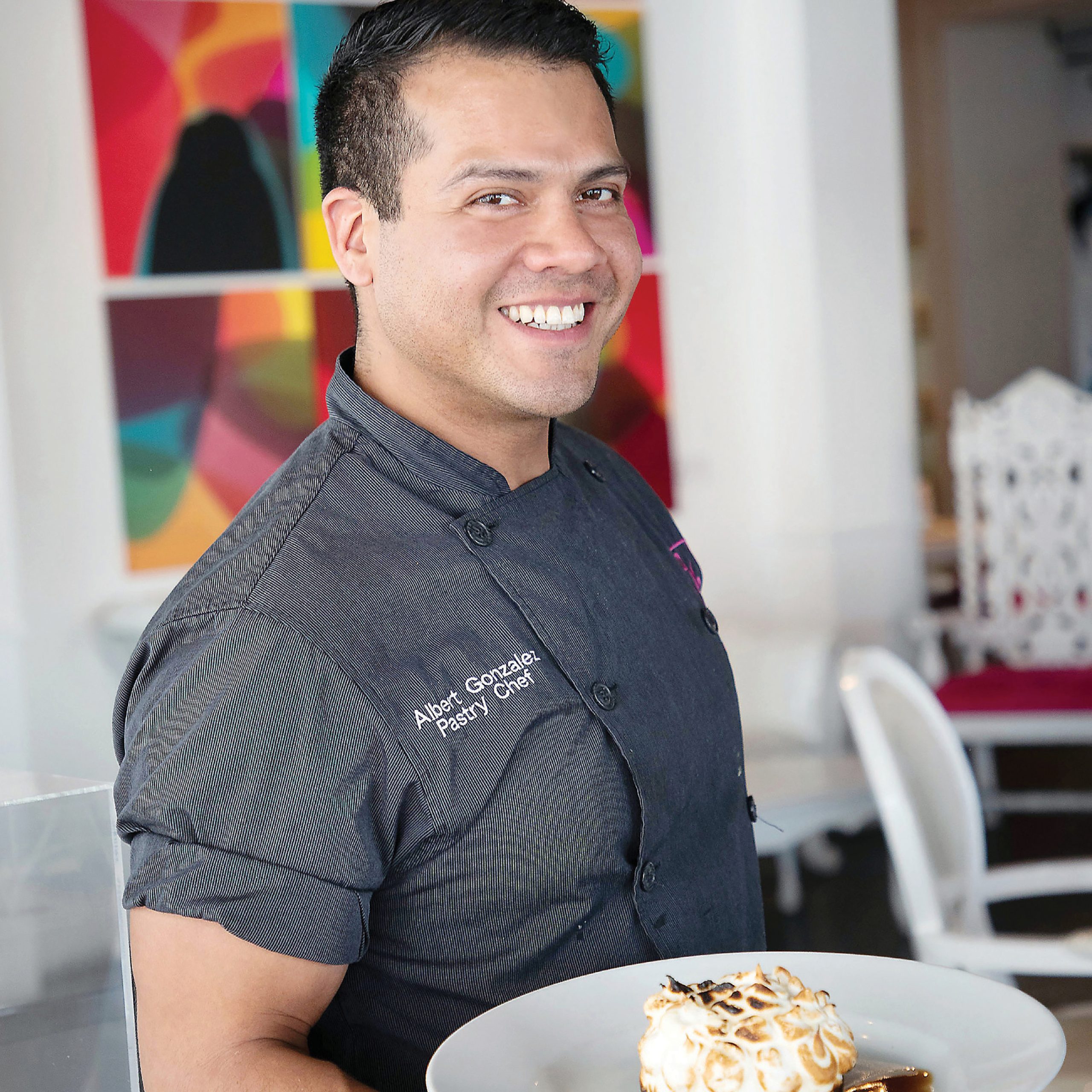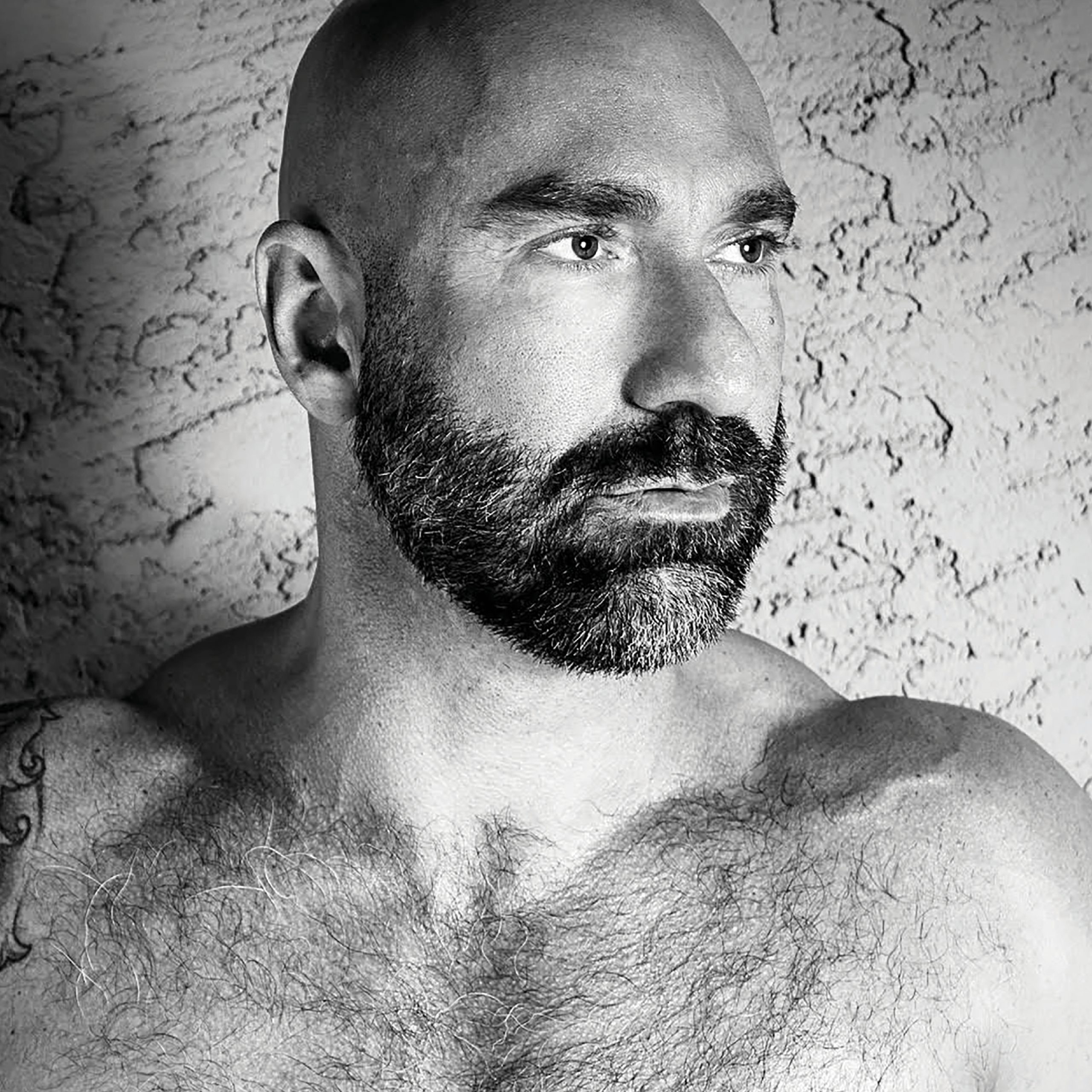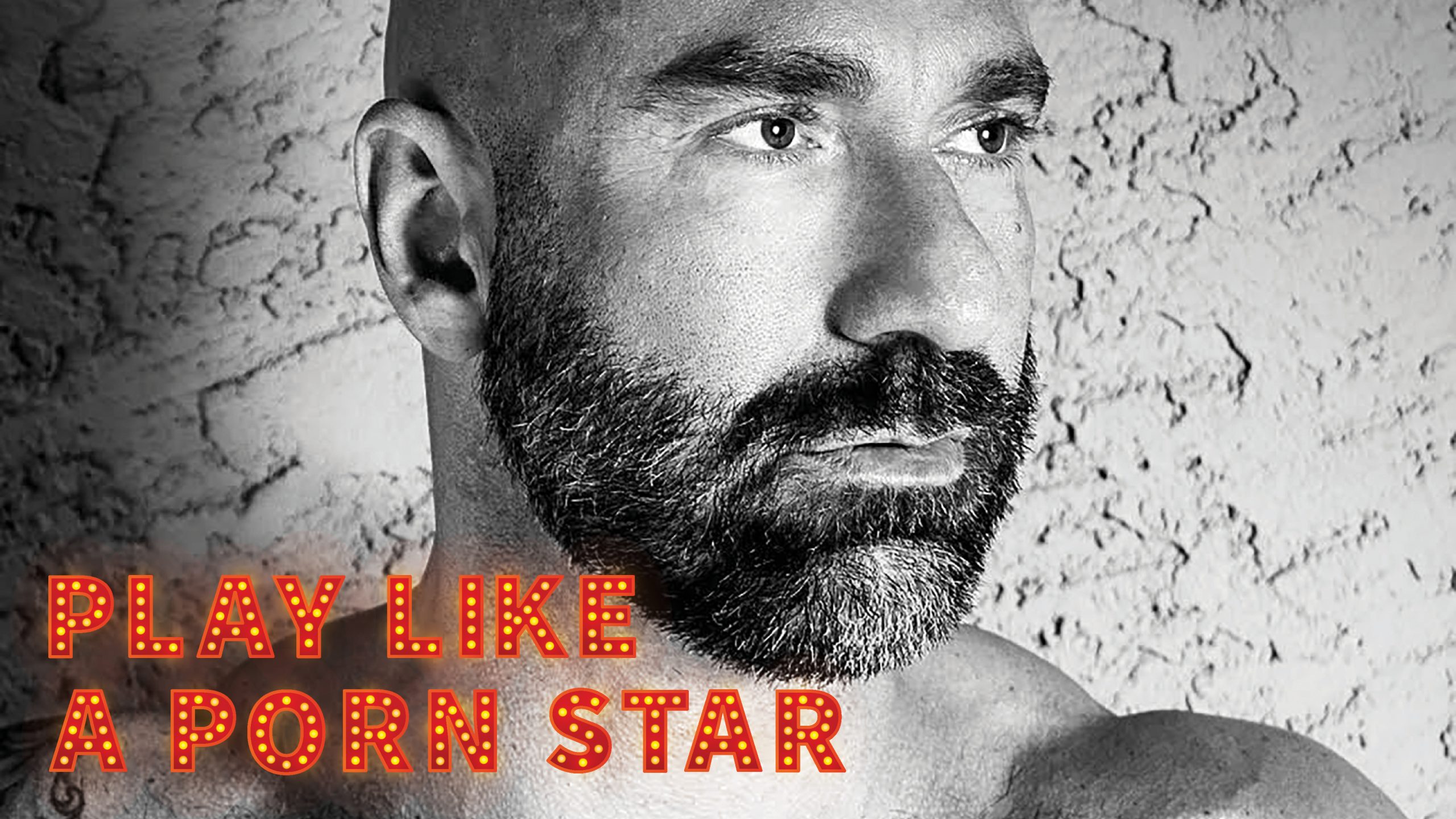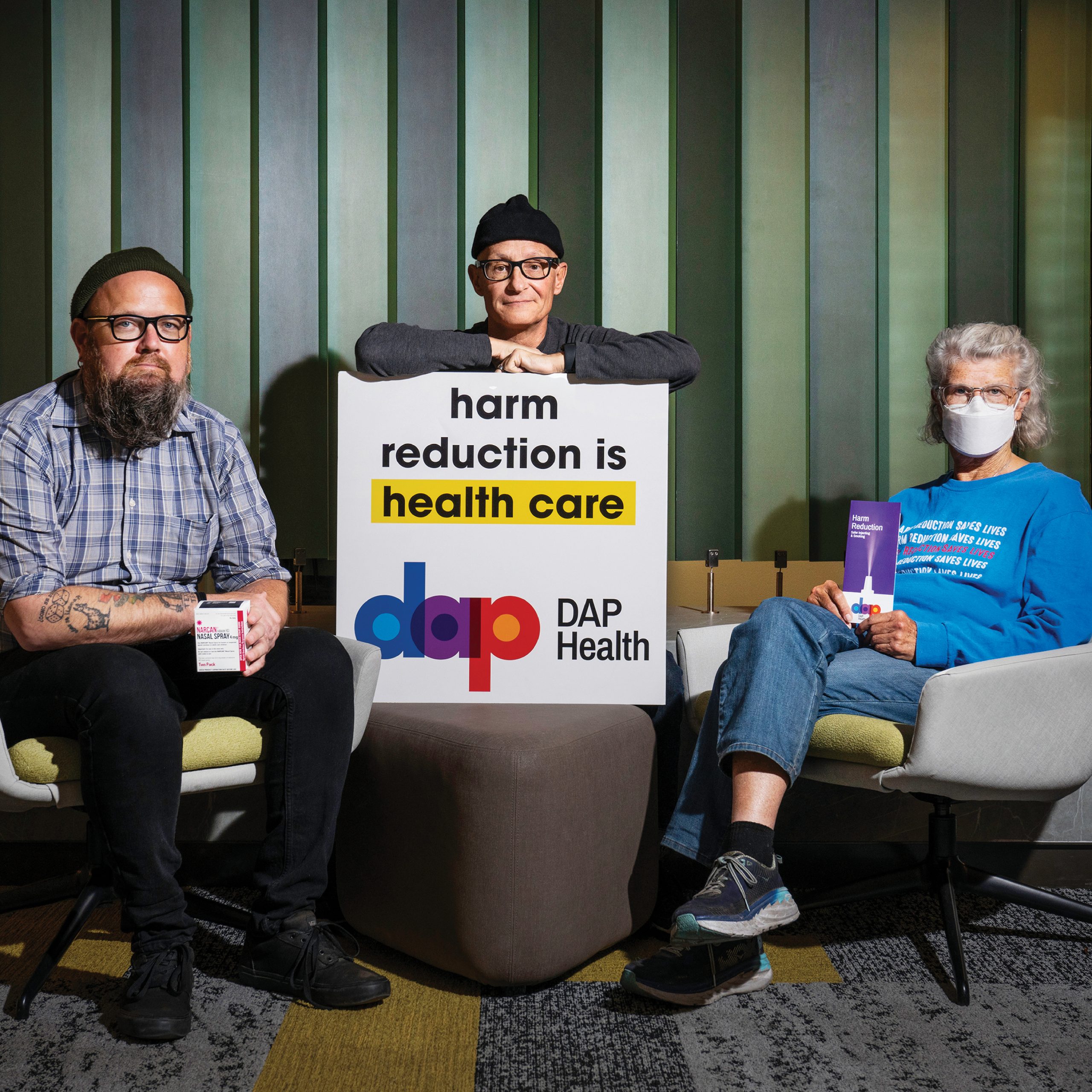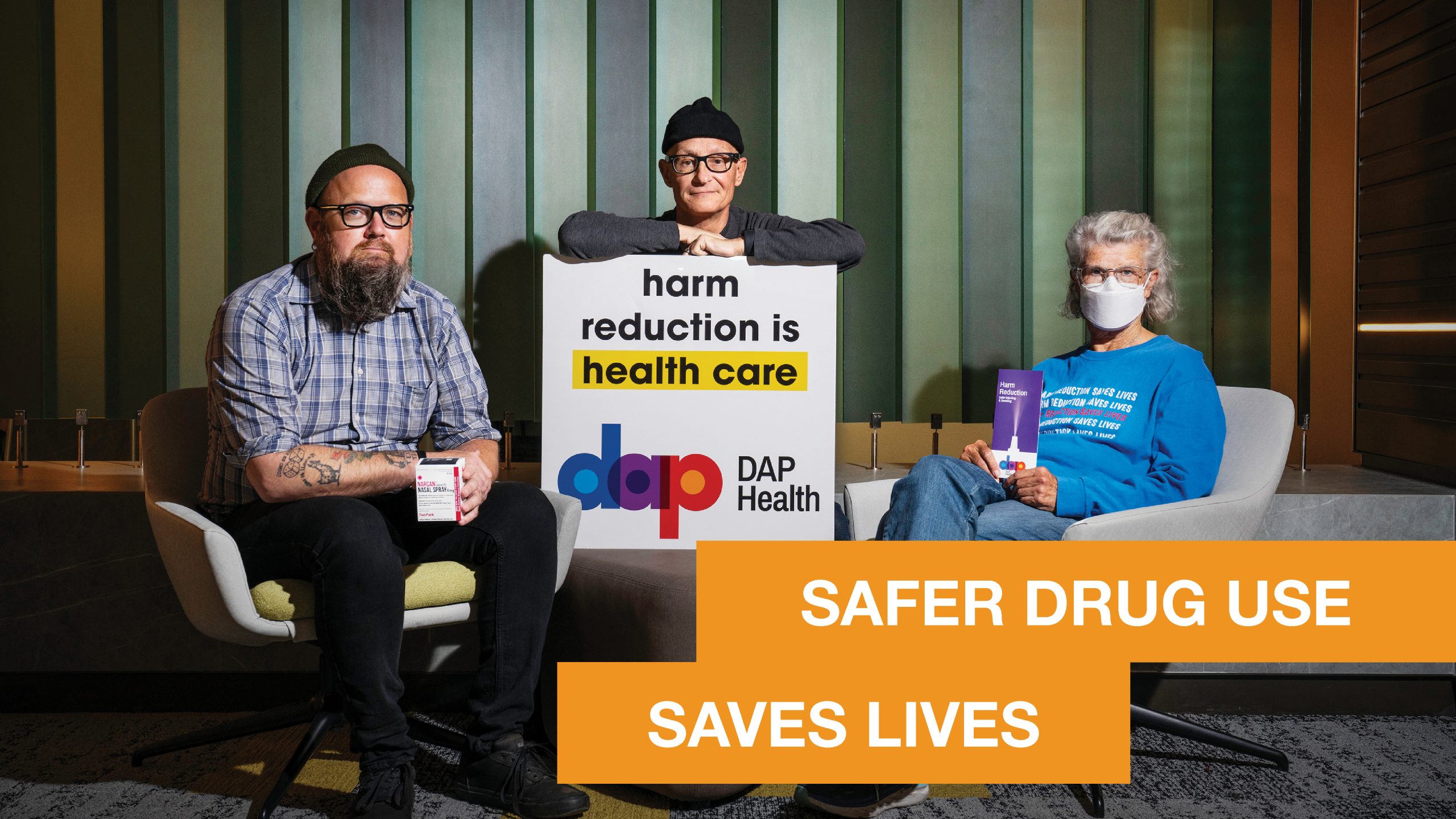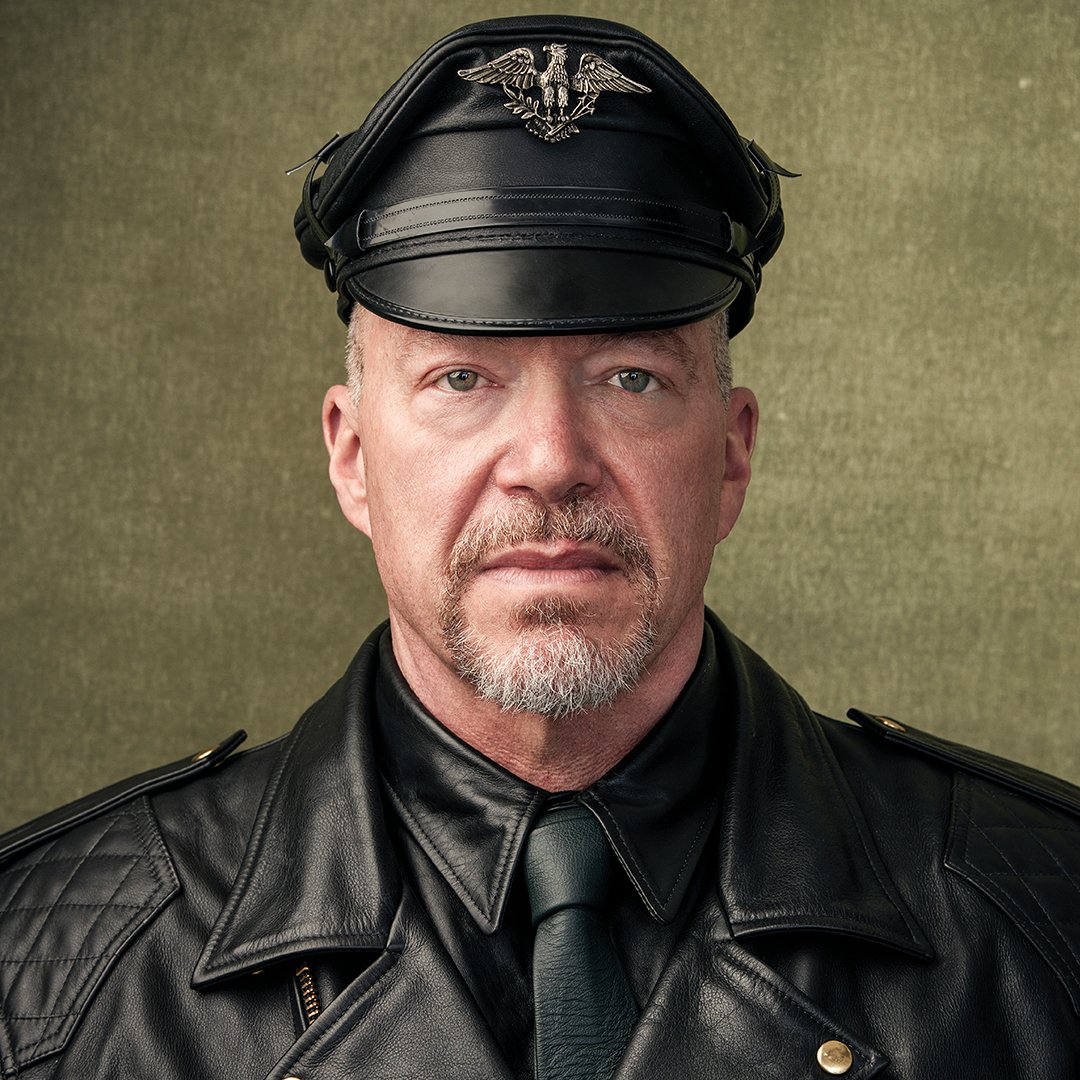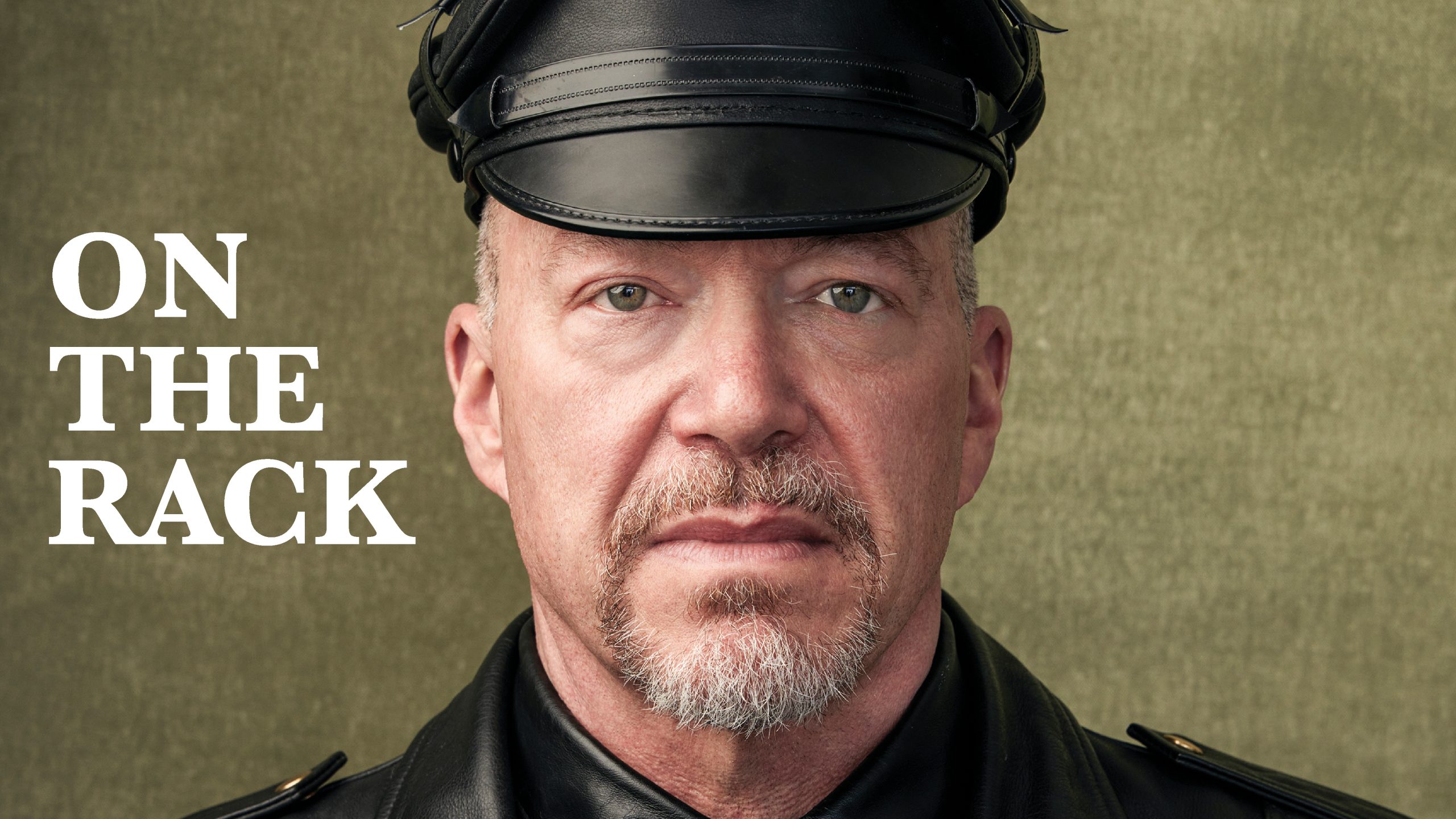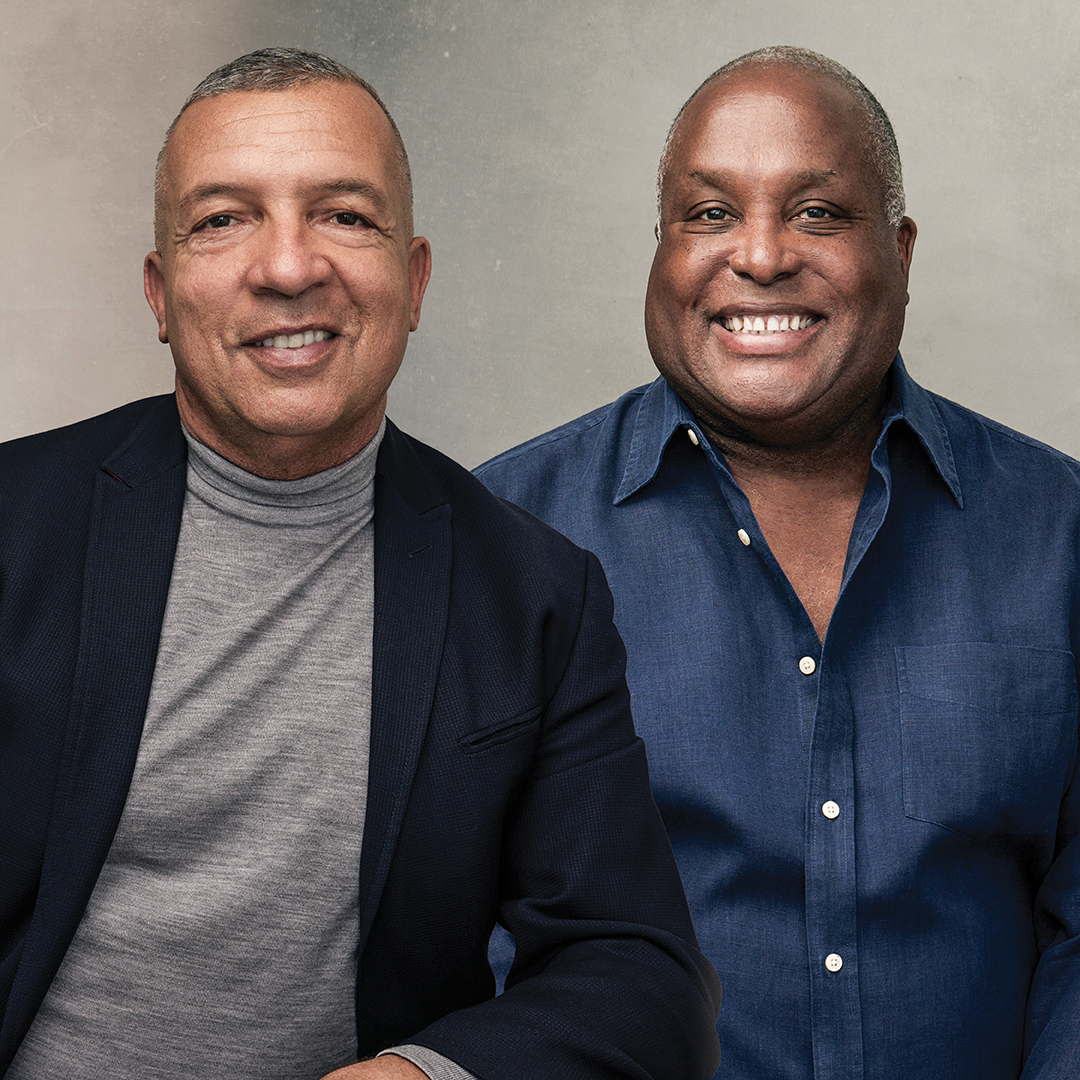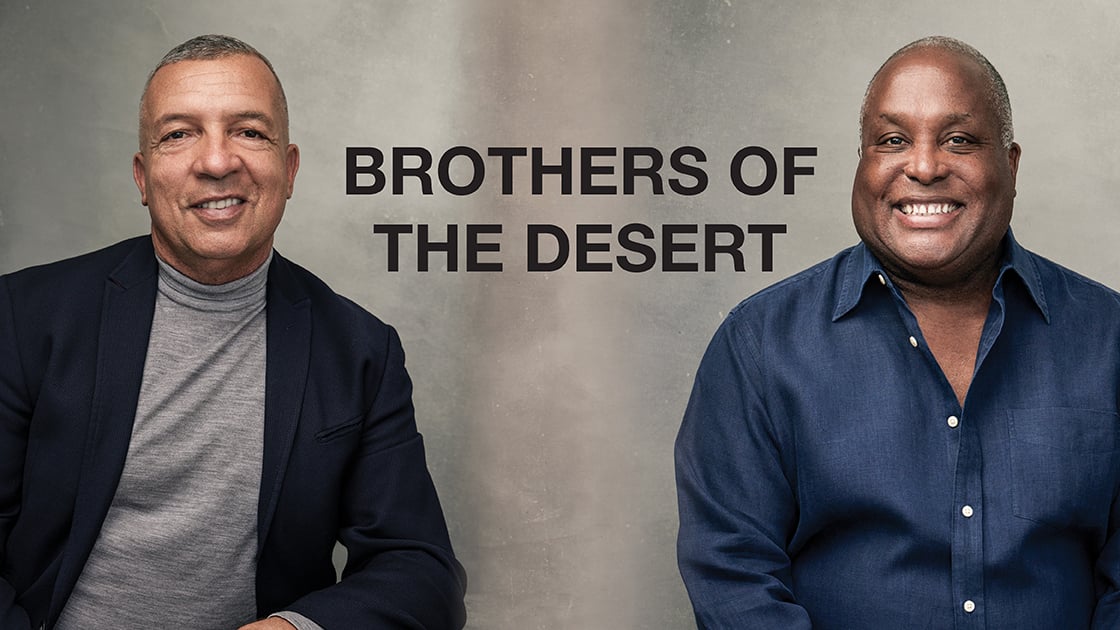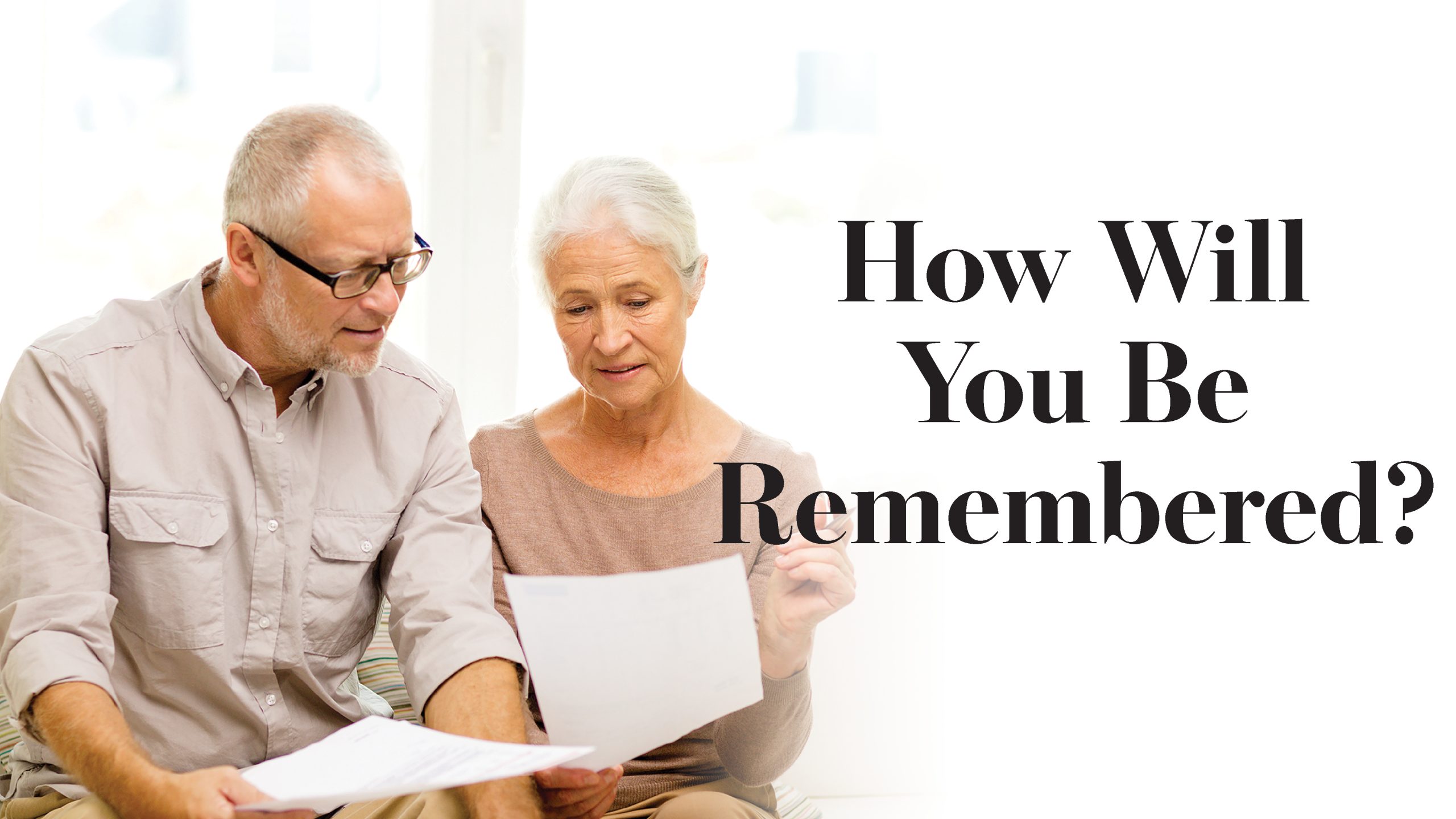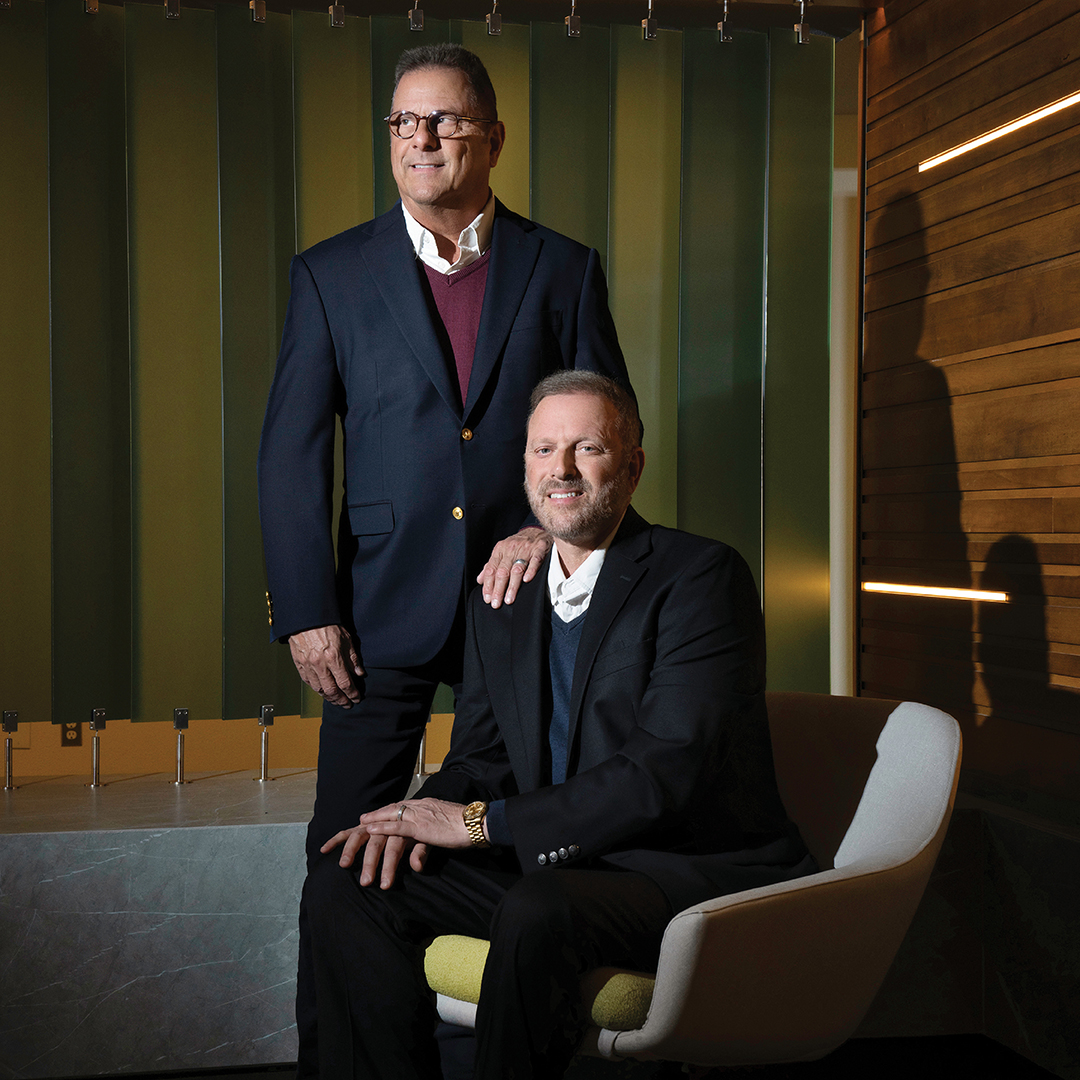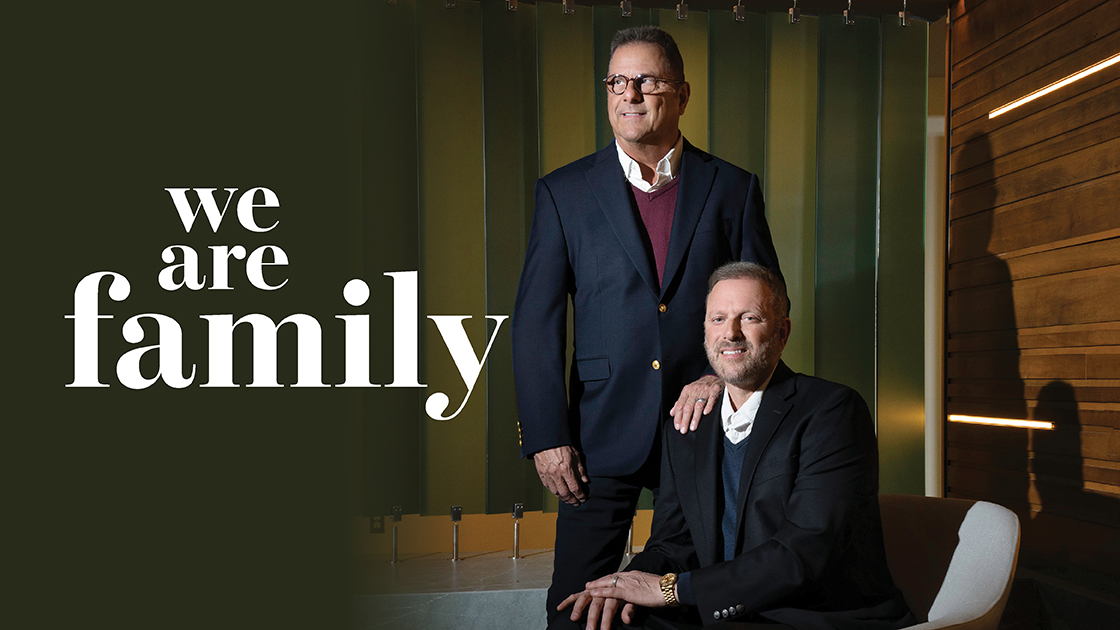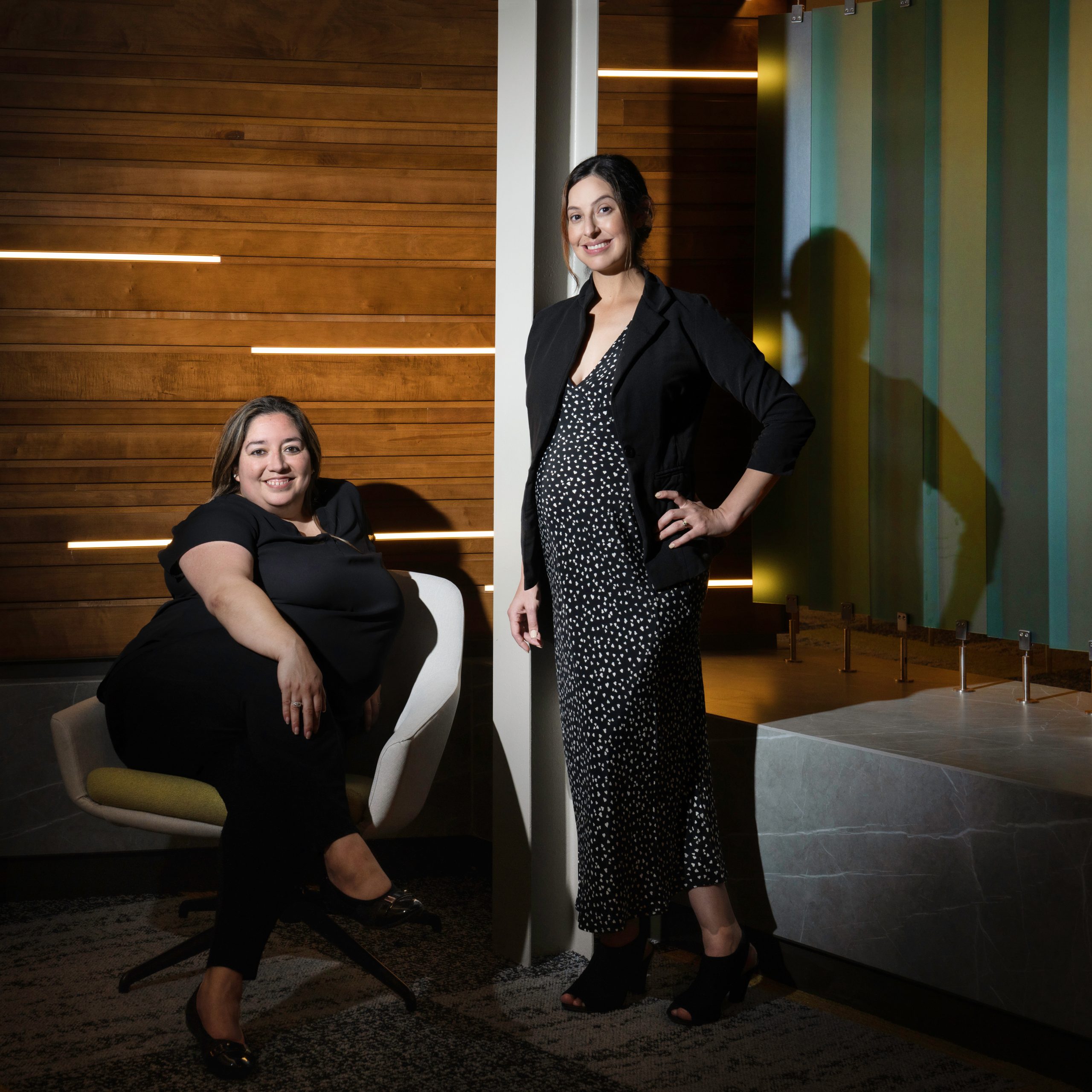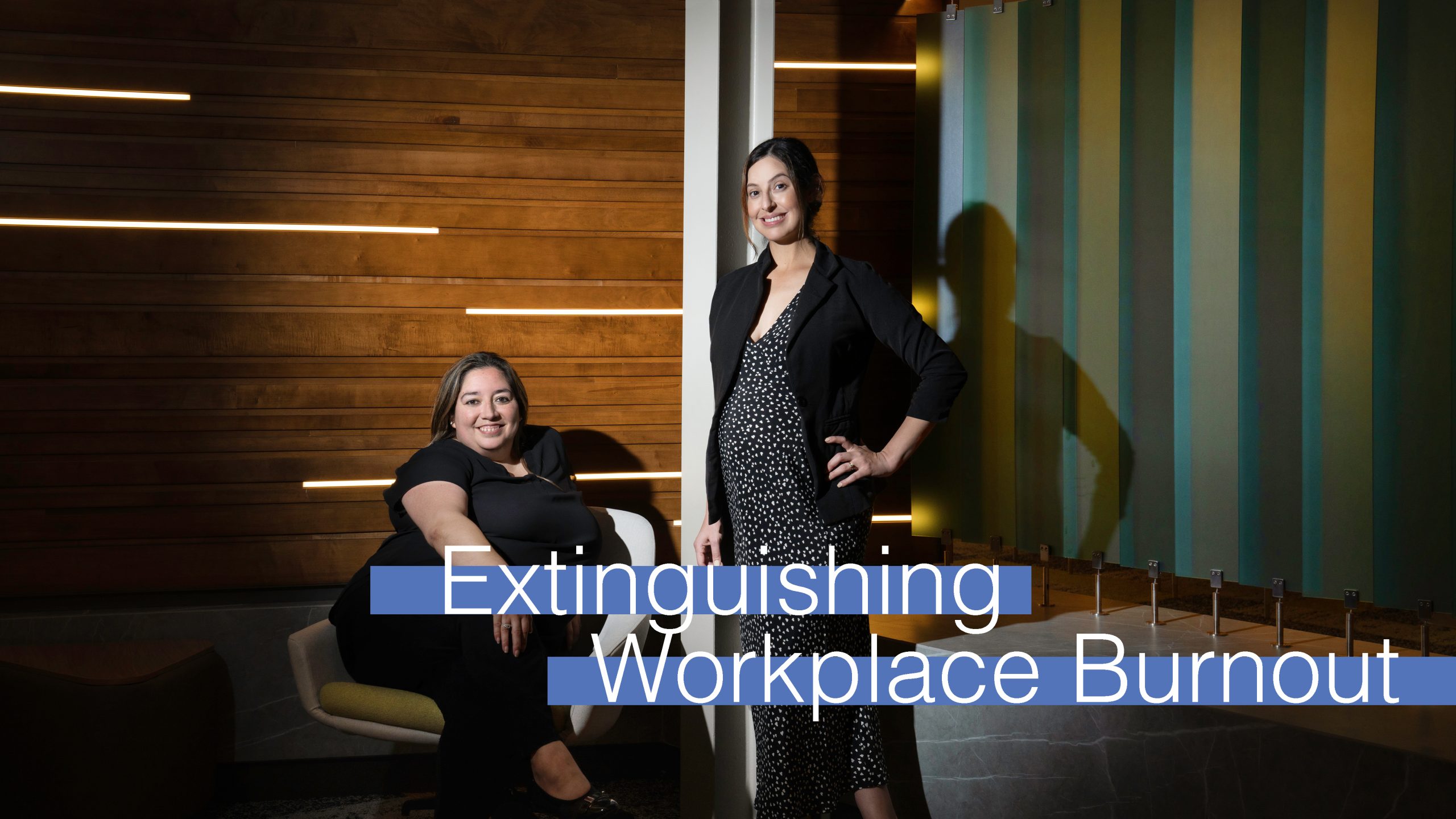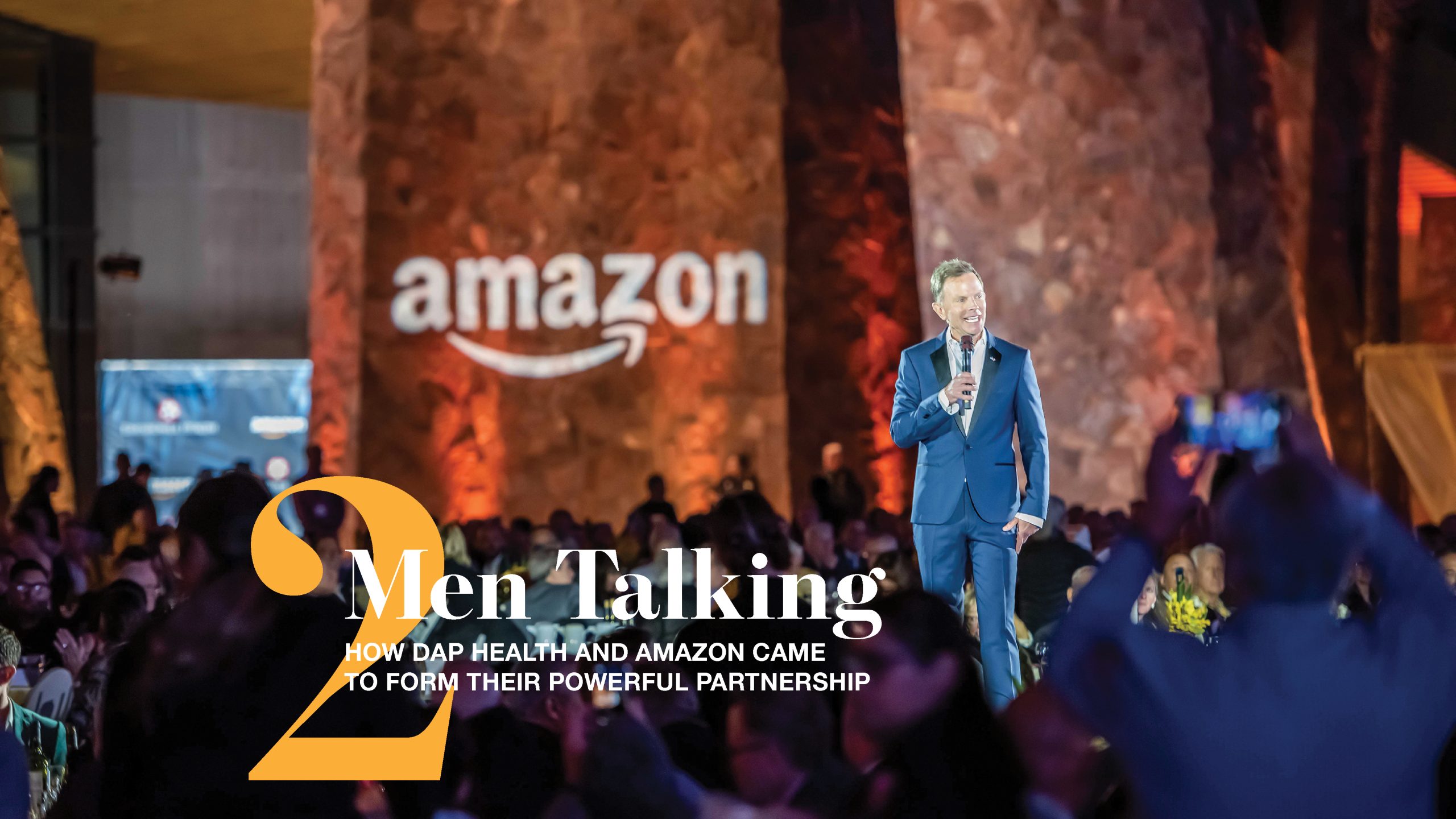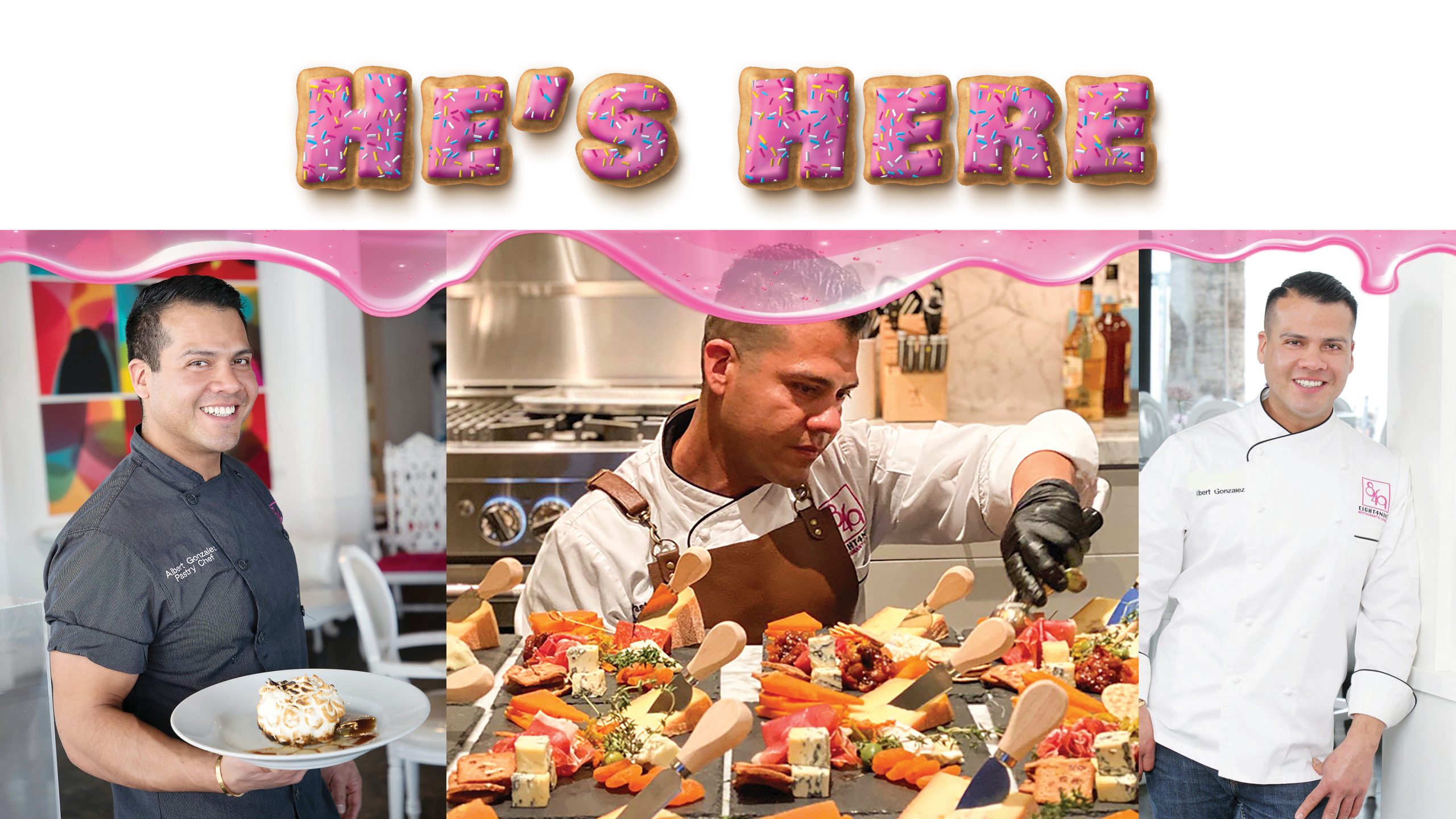
He’s Here
Chef, Restaurateur, And Community Leader Albert Gonzalez Has Come A Long Way To Give Back
Words by Daniel Hirsch • Photos by John Paschal
As a young person growing up in Indio, Albert Gonzalez didn’t think there were other gay people like him in the Coachella Valley. Much like to the desert itself, the intervening years have brought incredible transformation to Gonzalez’s life. He’s emerged as an essential leader in the region’s LGBTQ+ community.
Along with his partner in business and life, Willie Rhine, Gonzalez co-owns Palm Springs’ Eight4Nine Restaurant & Lounge. A self-taught pastry chef, he now runs the kitchen. Eight4Nine has frequently hosted events for organizations such as DAP Health and the LGBTQ Community Center of the Desert, given in-kind donations to numerous local charities, and even provided meal deliveries to first responders and older adults during the early months of the COVID-19 pandemic.
Gonzalez and Rhine have also given back through philanthropy. They participate in DAP Health’s major donor program Partners for Life, are Angels at AIDS Assistance Program – Food Samaritans, and contribute to the Center as longtime Ocotillo members. Since 2019, Gonzalez has also been on the Center’s board of directors. To top it all off, he’s worked 100 volunteer hours at DAP Health’s Revivals Thrift Store, and been a frequent volunteer at the Palm Springs Animal Shelter.
Gonzalez’s personal philosophy of service is a simple one, described as “the conundrum where you have to give it away in order to keep it.”
Giving back to the communities he’s been a part of includes his community of origin. With Gonzalez’s involvement on its board, the Center has amped up its programing in the East Valley by offering new programs to LGBTQ+ young people.
“He’s just got this incredibly kind, wonderful spirit,” says former Center Executive Director and CEO Rob Wheeler. “If we’re struggling with something, Albert is one of the first people we reach out to.”
For Gonzalez, his current abundance didn’t always seem likely. It meant detaching from his close-knit family of origin, getting sober, and teaching himself how to cook from a discount Betty Crocker cookbook. “Growing up here in the valley, I didn’t have an idea of where to go, what goals to have in life,” he says. “Today my life is very different, it’s beyond my wildest dreams.”
Breaking the Bubble
Gonzalez describes his upbringing in Indio in the 1980s and ’90s as “a bubble.” When the 43-year-old was young, his part of the East Valley hadn’t experienced the economic prosperity felt elsewhere. To Gonzalez, it was isolated and remote.
“I grew up very conservative,” he says. “Going to church basically alienated everybody around us.”
Gonzalez is the second eldest of four children of working-class parents — a landscaper and an office administrator — whose own parents immigrated to the city of Thermal from Mexico. Gonzalez’s folks broke off from the rest of the extended family when they left the Catholic church and became members of a born-again, Apostolic church.
From an early age, Gonzalez knew he was gay. As an active member in his conservative church, it tormented him even as he served as youth president and choir director. During pastors’ sermons declaring gay acts as sin, Gonzalez prayed that nobody would notice he was different. At school, some did notice, and he fended off bullying from a young age. “There’s always that sense of loneliness,” he says. “And then, given my background, that I grew up with the church, that only exacerbated it.”
It wasn’t until he was 20 that Gonzalez interacted with out gay people. Working as an office assistant at the Riverside County Department of Mental Health, he met his friend and future mentor Damon Jacobs, a psychotherapist and early PrEP proponent who has worked with DAP Health. When Jacobs invited him to a birthday party in Palm Springs, Gonzalez’s sheltered existence cracked open.
“I felt at home,” Gonzalez says. “I felt that these are my people… Yet I never knew about it, just living 30 minutes away.”
Circle K to Cartier
With Jacobs’ help, Gonzalez moved out of his parents’ home and relocated to Palm Springs. To his surprise, his parents accepted his sexuality and choice to leave Indio, but that didn’t mean being out and independent came easy. “We are raised with that fear of sex,” he says. “We don’t get to experience it in a healthy way.”
Drug use, alcohol abuse, and more than a few unhealthy romantic and sexual relationships consumed Gonzalez’s early 20s. At age 25, he started attending Alcoholics Anonymous meetings and worked to get sober. (Gonzalez will celebrate 17 years of sobriety in
October 2023.)
Around this time, a chance encounter with Rhine forever altered his path. Gonzalez isn’t shy about sharing how and where they met: They locked eyes outside of a Circle K and went home together soon thereafter. This casual encounter blossomed into a romantic relationship that ultimately transformed into a committed life partnership. To mark their commitment, Gonzalez and Rhine bought each other Cartier bracelets; Gonzalez jokes that if he ever writes a memoir, it would be titled “From Circle K to Cartier.”
“The words that come to mind when I think of Albert: kind, passionate, stubborn, lovable,” says Rhine, adding: “Did I say stubborn?”
Rhine saw that stubbornness in action in the early days of their relationship. At the time, he was general manager of Lulu California Bistro. When Gonzalez, who was still working at the Department of Mental Health, expressed interest in restaurant work, Rhine hired him as maître d’. Working in restaurants ignited something in Gonzalez that came to full fruition when the couple went shopping at a gift shop one Sunday afternoon. That day, Gonzalez purchased the aforementioned Betty Crocker cookbook.
Seeing Gonzalez pick up the cookbook, Rhine was initially dismissive. “My response was, ‘Why are you buying that? It’s a waste of money. You don’t bake. You’ll never use it,’” he recalls. But Gonzalez, whose only gastronomic experience was watching cooking shows on TV, insisted on buying it. From that first cookbook and more to come — plus a few classes at the Culinary Institute of America — Gonzalez taught himself to bake. Occasionally sharing cakes with friends turned into a full-fledged passion. His confections soon grew more and more refined. By the time Rhine opened Eight4Nine in 2015, Gonzalez had become the ideal pastry chef.
Back to the East Valley
When the LGBTQ Community Center of the Desert partnered with the nonprofit Alianza to open a youth center in the East Coachella Valley, both organizations knew their own leadership needed to reflect the largely Latino and immigrant communities they hoped to serve. As an emerging leader in the LGBTQ+ community — not to mention an Indio native — Gonzalez was an obvious choice to join the board.
“Albert is able to pull from his own experience growing up as a young person in Indio,” says Wheeler. “He helped us think about the right questions we should be asking when we were thinking about need, about what issues young people might be facing in the East Valley.”
Opened in 2016, the Center Eastern Coachella Valley is a youth-driven, LGBTQ+-affirming space situated in downtown Coachella. It hosts support groups, workshops, and social events as well as offers programing to local high schools that addresses youth mental health and uplifts queer people. It’s the kind of place that didn’t exist for Gonzalez when he was growing up in the area. But also, by being involved in its operation and showing up for its programming, Gonzalez has become the kind of person he never knew existed when he was young.
DAP Health Director of Brand Marketing and longtime friend Steven Henke describes Gonzalez as a “north star” for young people in the valley. “Anyone can look at the life he’s created and learn from it,” he says.
For Gonzalez, returning to his old home is both inspiring and daunting. “When I go back to Indio, there’s still that fear … the homophobia is still there,” he says. “Hopefully, through the Center, we can educate individuals that we are here … and we’re not evil, we’re not bad!”
Recently, Gonzalez had such a chance to educate. He joined Wheeler in the car parade of the 2021 East Coachella Valley Pride Festival — only the fifth year of its existence. Driving through the streets of Coachella, seeing all the rainbow flags and people cheering in support, it was clear his old home had changed — and so had he.
